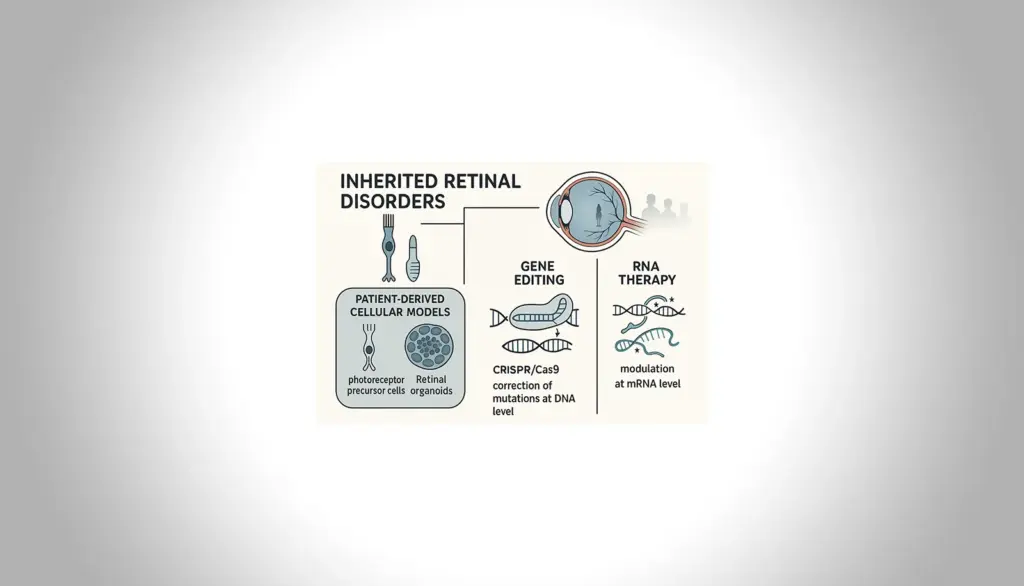Synthesis and Characterization of biofunctionalized organotin chalcogenide clusters
Martina Kämpfe - Hector Fellow Stefanie Dehnen
The cytotoxicity of organic tin compounds makes them interesting for cancer chemotherapy. Organotin chalcogenide clusters release under acidic decomposition not only an organic tin compound but also an even more toxic hydrogen chalcogenide. To enable biocompatibility of those clusters, they must be derivatized with biomolecules. This project aims to synthesize biofunctionalized organotin chalcogenide clusters and to investigate their decomposition behavior.










